Egypt: Pyramids, Pharaohs & Beyond
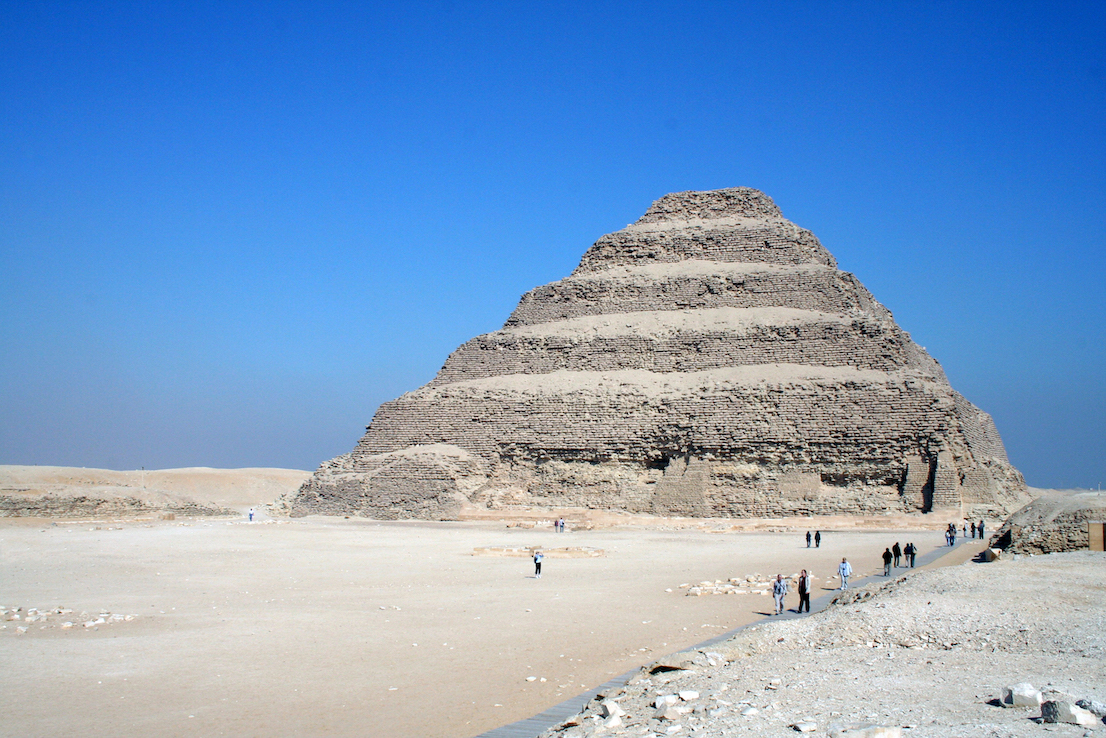
Ancient Egypt Overview
Ancient Egypt civilization timeline
You find Ancient Egypt utterly fascinating! The timeline of this ancient civilization spans thousands of years, from around 3100 BC, when King Menes unified Upper and Lower Egypt, to 332 BC, when Alexander the Great conquered Egypt. Imagine witnessing the rise and fall of mighty pharaohs, the construction of iconic pyramids, and the flourishing of arts, science, and religion throughout these incredible eras.
Notable achievements of Ancient Egypt
As you delve deeper into the history of Ancient Egypt, you'll be amazed by its remarkable achievements. The Egyptians were pioneers in various fields, including architecture, mathematics, medicine, and agriculture. Their architectural marvels, like the Great Pyramid of Giza, stand as a testament to their engineering prowess. The development of hieroglyphics and the invention of papyrus revolutionized communication and record-keeping.
Additionally, their expertise in embalming and mummification techniques showcases their advanced knowledge of human anatomy and preservation methods. Explore the awe-inspiring legacies of Ancient Egypt and uncover the secrets of this extraordinary civilization.
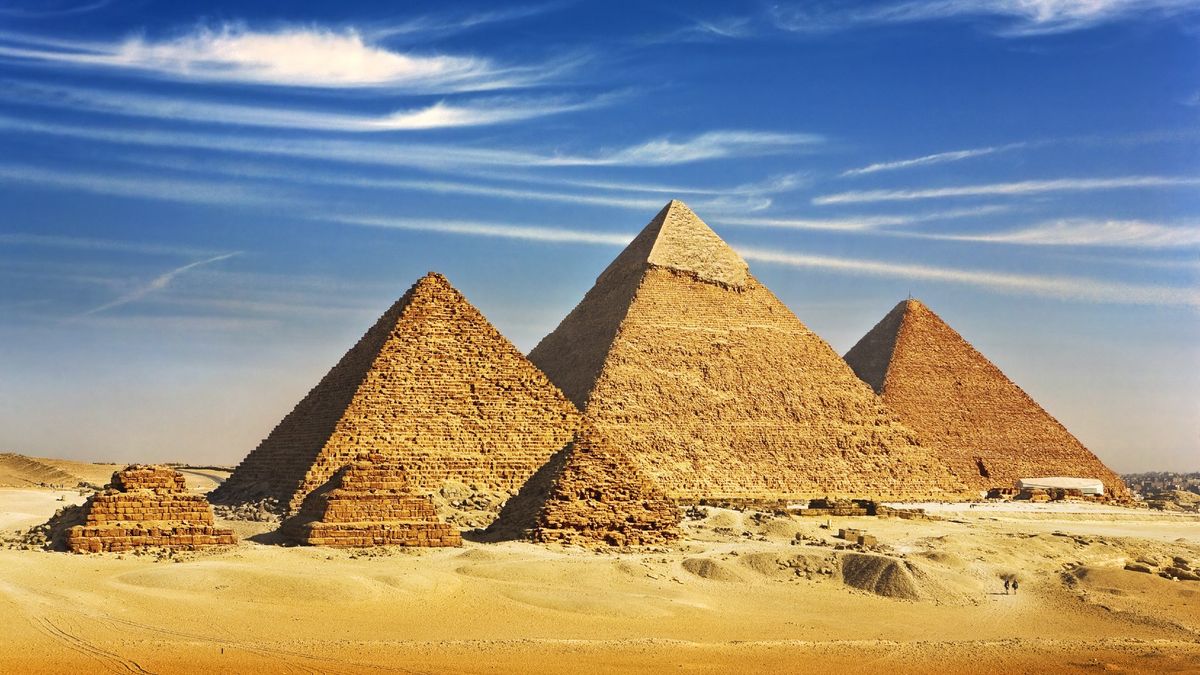
The Great Pyramids of Giza
History of the Great Pyramids
As you delve into the history of the Great Pyramids of Giza, prepare to be mesmerized by the sheer magnificence of these ancient wonders. Built over 4,500 years ago as monumental tombs for Pharaohs, these pyramids continue to stand as enduring testaments to Egyptian ingenuity and architectural prowess. The construction of these monumental structures required meticulous planning, engineering mastery, and the collective efforts of thousands of skilled workers.
Architecture and construction details
The architecture and construction of the Great Pyramids of Giza are nothing short of extraordinary. These colossal structures were meticulously built using massive limestone blocks, some weighing several tons each. The precision with which these blocks were cut, transported, and assembled to form the pyramids is a testament to the ancient Egyptians' advanced knowledge of mathematics, engineering, and architecture.
The alignment of the pyramids with celestial bodies and the intricate passageways and chambers within them showcase the meticulous planning and craftsmanship that went into their construction. Marvel at the architectural marvels of the Great Pyramids of Giza and let their grandeur transport you back in time to an era of unparalleled innovation and achievement.
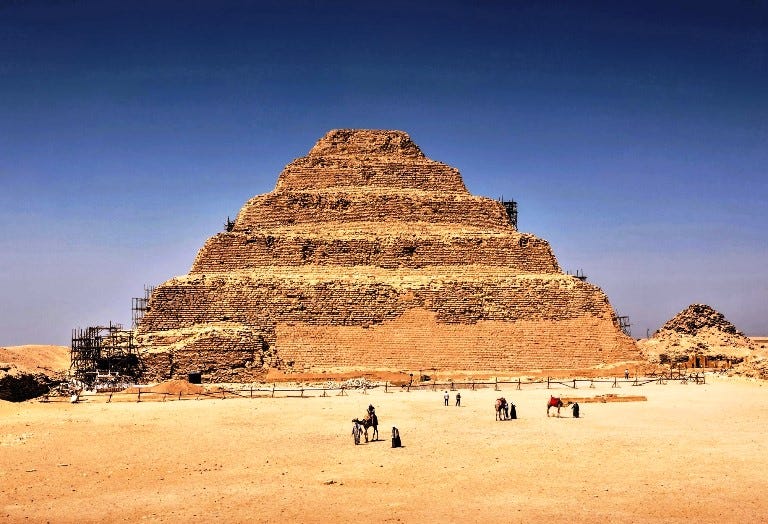
Pharaohs of Egypt
Famous pharaohs of Ancient Egypt
As you explore the history of Ancient Egypt, you cannot help but be captivated by the legendary pharaohs who ruled the lands along the Nile. Names like Cleopatra, Ramses II, Tutankhamun, and Hatshepsut resound through the annals of time.
Each pharaoh brought their unique contributions and legacies to the rich tapestry of Egyptian history, leaving behind monumental structures, exquisite artefacts and enduring mysteries that continue to fascinate historians and archaeologists alike.
Pharaohs' roles and significance
You are transported back to a time when pharaohs were not just rulers but revered as gods on earth. The pharaohs held immense power and responsibility, seen as the divine link between the gods and the people. Their roles encompassed not only political and administrative duties but also religious and ceremonial functions.
From overseeing construction projects like the Great Pyramids to leading military campaigns and ensuring the prosperity of the kingdom, the pharaohs played a pivotal role in shaping the course of Egyptian civilization. Their elaborate tombs, adorned with treasures and intricate hieroglyphics, reflect their beliefs in the afterlife and the eternal nature of their reign. Enter the world of the pharaohs and unravel the mysteries of Egypt's ancient past.
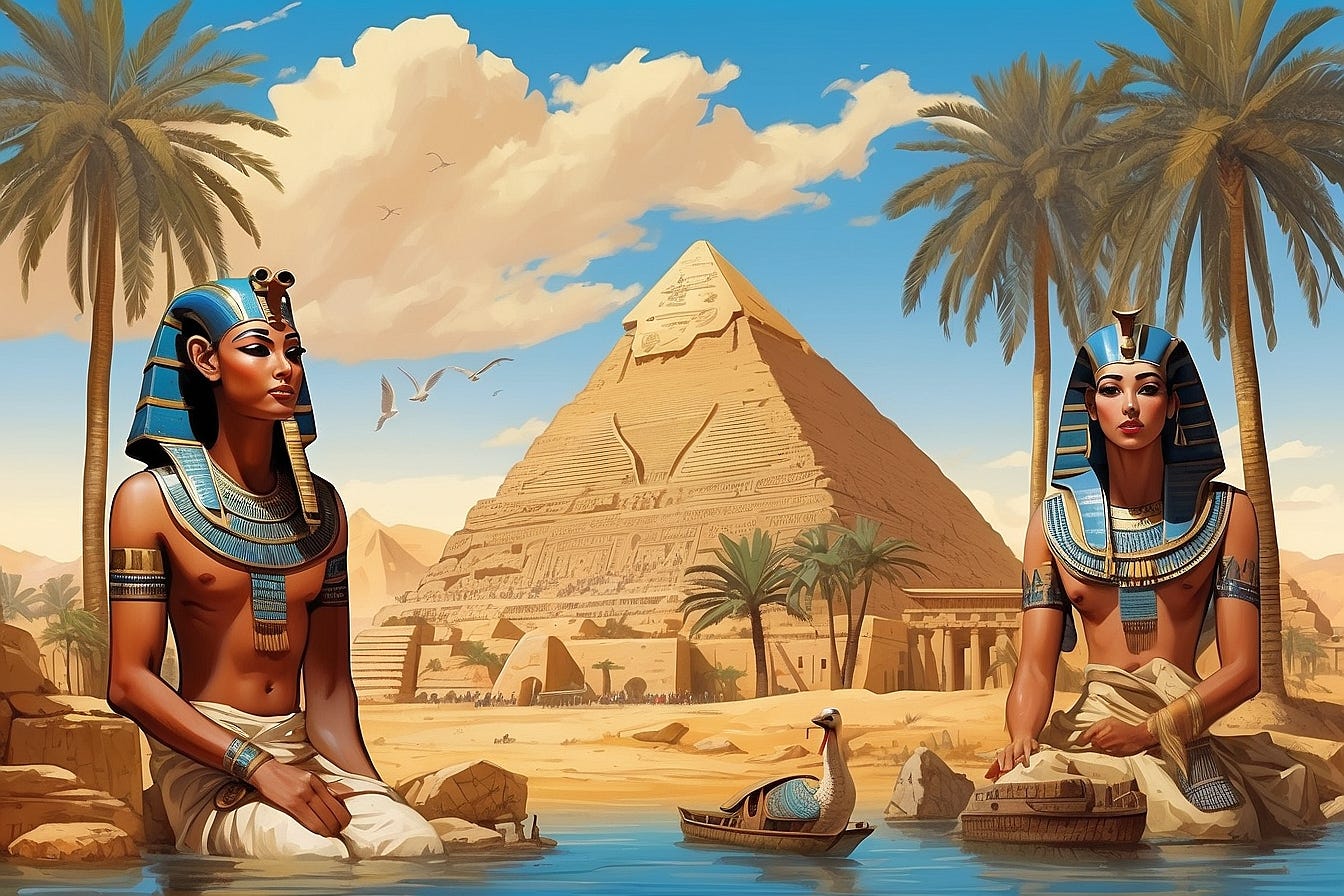
Egyptian Mythology
Overview of Egyptian gods and goddesses
When immersing yourself in the enchanting realms of Egyptian mythology, you encounter a pantheon of gods and goddesses that personified natural phenomena and aspects of human life.
From powerful deities like Ra, the sun god, and Isis, the goddess of magic and motherhood, to the enigmatic figure of Anubis, the god of mummification and the afterlife, each entity played a vital role in the intricate Egyptian belief system. These divine beings inspired awe and reverence among the ancient Egyptians, who worshipped them through elaborate rituals and offerings in temples and sacred sites across the land.
Beliefs and rituals in Ancient Egypt
In the vibrant tapestry of Ancient Egyptian culture, beliefs and rituals were interwoven into every aspect of daily life. The Egyptians held a profound reverence for the afterlife, believing in the existence of a rich and eternal realm beyond death. To ensure a safe passage to the afterlife, elaborate burial practices and rituals were conducted, including mummification and the preservation of vital organs in canopic jars.
The practice of honouring and appeasing the gods through ceremonies, prayers, and offerings was central to maintaining harmony and balance in the earthly realm, with festivals and processions held to celebrate the divine entities and seek their blessings for the prosperity and well-being of the kingdom. As you delve deeper into the mystical world of Ancient Egypt, you are enveloped in a cultural tapestry rich in symbolism, tradition, and spiritual significance.

Nile River and Agriculture
Importance of the Nile River in Ancient Egypt
As you journey through the vibrant landscapes of Ancient Egypt, the significance of the Nile River shines brightly. The lifeblood of this ancient civilization, the Nile River not only provided sustenance and water but also served as a divine source of life and fertility.
The annual flooding of the Nile brought rich, fertile silt that rejuvenated the land, allowing the Egyptians to cultivate crops and thrive in an otherwise arid environment. This natural bounty was essential for the prosperity and survival of the kingdom, symbolizing renewal, abundance, and the cyclical nature of life itself.
Agricultural practices in Ancient Egypt
In the fertile embrace of the Nile River Valley, the ancient Egyptians honed their agricultural practices to perfection. Utilizing innovative irrigation techniques and the fertile soil brought by the annual floods, they cultivated a variety of crops such as wheat, barley, and flax. The Egyptians were pioneers in the field of agriculture, employing advanced methods like crop rotation and utilizing the rich silt to boost productivity.
Agriculture was not just a means of sustenance; it was a sacred duty intertwined with religious beliefs and the cosmic order. The abundance yielded by their fields was a direct result of their harmonious relationship with the land and the blessings bestowed upon them by the gods.
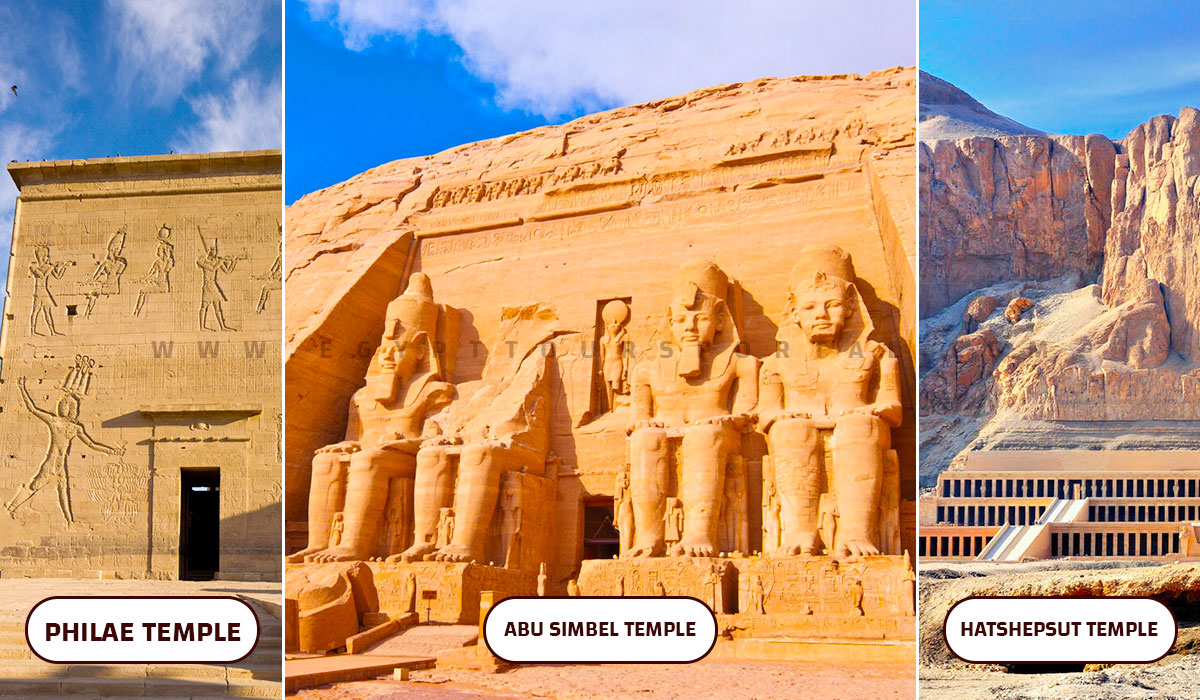
Temples and Tombs
Significance of Temples in Ancient Egypt
As you delve deeper into the ancient wonders of Egypt, the temples stand out as magnificent testaments to the spiritual and cultural richness of the civilization. These grand structures were not just places of worship but also served as centres of learning, governance, and community gatherings.
The temples were intricately adorned with hieroglyphics and intricate carvings, depicting stories of gods and pharaohs and offering insights into the beliefs and values of the ancient Egyptians. The construction of temples was a divine endeavour, symbolizing the eternal connection between the earthly realm and the divine.
Exploration of famous tombs
Embark on an awe-inspiring journey through the famed tombs of Ancient Egypt, where the mysteries of the afterlife unfold before your eyes. These elaborate structures, such as the iconic pyramids of Giza, housed the mortal remains of pharaohs and nobles, preserving their legacy for eternity.
The intricate hieroglyphs and intricate artwork adorning the walls offer glimpses into the elaborate burial rituals and beliefs in the afterlife. Exploring these ancient tombs is not just a glimpse into the past but a profound experience that connects you with the enduring legacy of the pharaohs and the mysteries of Egyptian civilization.
Hieroglyphics and Written Language
Introduction to hieroglyphics
As you delve deeper into the wonders of Ancient Egypt, the intricate hieroglyphics carved into temple walls and tombs come alive before your eyes. Hieroglyphics, the ancient Egyptian form of written language, were not just mere symbols but intricate storytelling tools that captured the essence of the civilization's beliefs and history. Each symbol and figure tells a compelling story, offering a glimpse into the rich tapestry of ancient life and culture.
Deciphering Ancient Egyptian Texts
Embark on a fascinating journey of deciphering the enigmatic texts left behind by the ancient Egyptians. The process of unravelling the mysteries of hieroglyphics involves meticulous attention to detail and a deep appreciation for the intricacies of the written language.
By deciphering these ancient texts, you unlock a treasure trove of knowledge, revealing the beliefs, practices, and daily life of the people who lived millennia ago. Each hieroglyphic inscription is like a time capsule, preserving the wisdom and legacy of a civilization that continues to captivate and inspire us today.

Daily Life in Ancient Egypt
Social Structure and Daily Routines
As you continue your exploration of Ancient Egypt, immerse yourself in the daily life of its people. The social structure of this ancient civilization was intricately woven, with Pharaohs at the pinnacle, followed by nobles, scribes, artisans, and farmers.
Each member played a vital role in ensuring the harmony and prosperity of society. From the crack of dawn, Egyptians engaged in various activities, from farmers tending to their fields to scribes meticulously recording events, showcasing the diverse daily routines that shaped their lives.
Art, Fashion, and Entertainment
Step into the vibrant world of ancient Egyptian art, where craftsmanship and symbolism intertwine to create stunning masterpieces. The Egyptians were skilled artisans, creating intricate jewellery, pottery, and sculptures that reflected their reverence for beauty and storytelling. Fashion in Ancient Egypt was not just about clothing but also a reflection of social status and personal adornment.
Furthermore, entertainment took various forms, from grand festivals celebrating deities to simple board games enjoyed by individuals of all ages. The art, fashion, and entertainment of Ancient Egypt were not merely pastimes but integral aspects of daily life that brought joy and meaning to its people.
Legacy of Ancient Egypt
Influence of Ancient Egypt on modern culture
As you delve deeper into the wonders of Ancient Egypt, you'll be awestruck by the profound influence this ancient civilization has had on modern culture. From architecture to art, language to religion, the legacy of Ancient Egypt is omnipresent.
The iconic pyramids and temples continue to inspire awe and wonder, while the hieroglyphs have sparked fascination and scholarly exploration. Even in fashion and design, echoes of ancient Egyptian motifs and styles can be seen, showcasing a timeless connection to the past.
Preservation and conservation efforts
Step into the realm of preservation and conservation efforts aimed at safeguarding the treasures of Ancient Egypt for future generations to cherish and appreciate. Archaeologists, historians, and conservationists work tirelessly to protect and restore ancient artefacts, monuments, and tombs, ensuring that the legacy of this remarkable civilization endures.
Through meticulous restoration projects and innovative conservation techniques, these guardians of the past strive to maintain the integrity and authenticity of Ancient Egyptian treasures, allowing them to continue captivating and educating people around the world.
